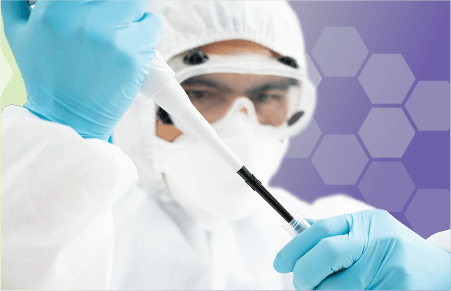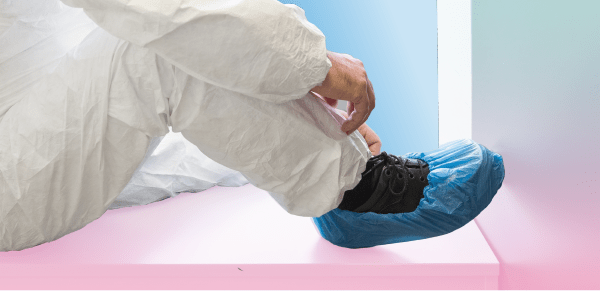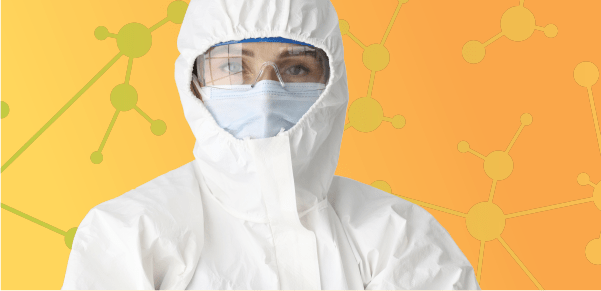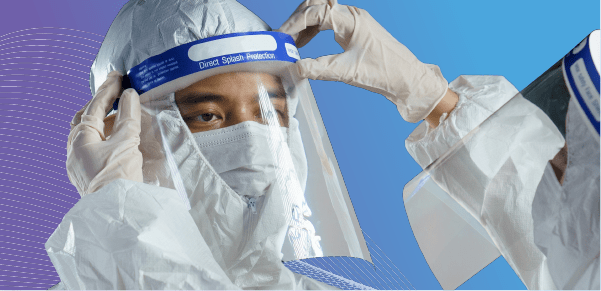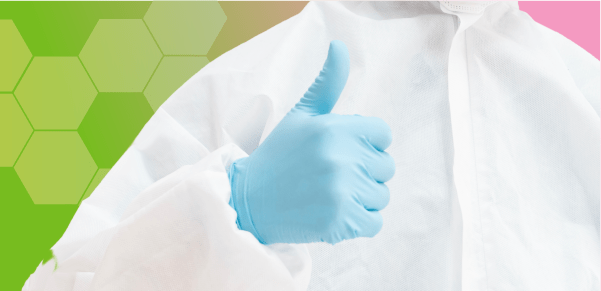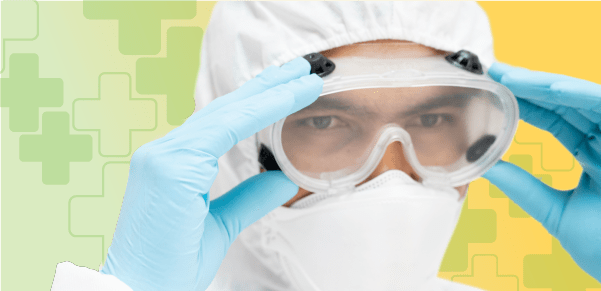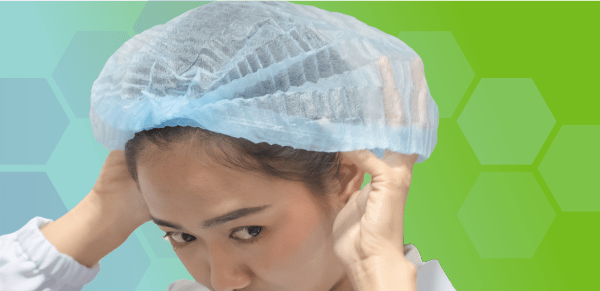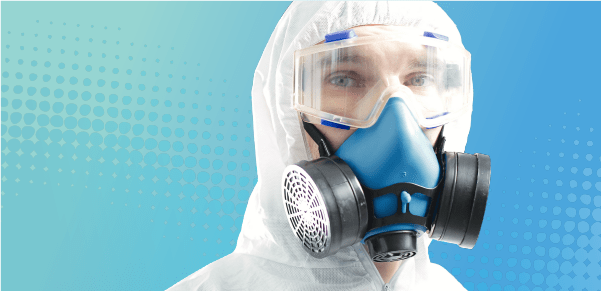1. SLIP SHOE COVERS OVER FOOTWEAR
Anyone working in a hazardous drug compounding environment should know the types of footwear that are acceptable. For example, they should avoid high heels, which can tear shoe covers. Shoe covers that are made from polyethylene-coated polypropylene or another laminate material and are disposable, skid-resistant and water-resistant should be used. Provista offers covers from Novaplus®, Tronex, Welmed and other trusted brands.

